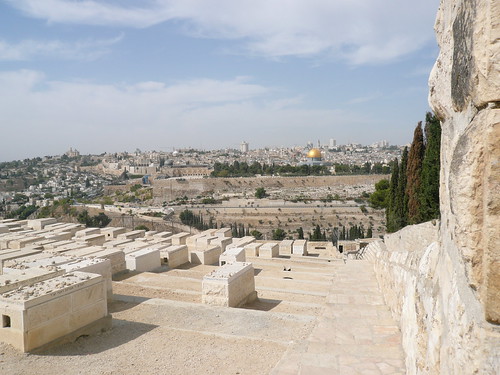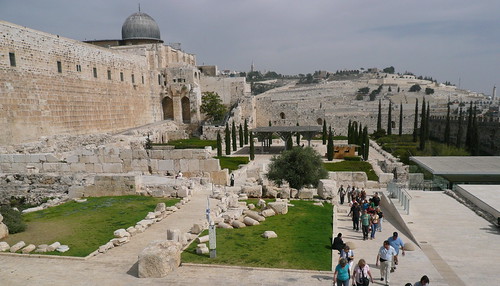
For those able to get permits to allow them to leave Bethlehem and reach their places of employment life is not so simple. They can't take their white number-plate cars out the area, so progress through the checkpoint is on foot. It can also regularly take several hours just to make their way through the checking procedures.
Hundreds of men and a lesser number of women start queuing from midnight to ensure that at the point the guards open the 'terminal' for processing around 5am, they stand a chance of getting through for when the border opens at 8am and they can make their way (often a long walk) to their places of employment. Herded like cattle through metal walkways and units, no one should have to go through this ritual humiliation on a daily basis just to get to work.
The counter-argument is of course about security, but one can't help observing that the methods go beyond, into seemingly random, but systematic humiliation and disruption. It’s also noteable, that for a power hardly lacking in security resources the decision about how little resource to employ in this facility and hence the processing times incurred, is hard to justify or explain away as unavoidable or accidental.
Experiencing just a little of this current occupation, a new resonance occurs as we walk down the Mount of Olives (now with surprisingly few eponymous fruit trees) and visit Dominus Flevit - the place where Jesus looked out over Jerusalem and wept.

Looking out over Jerusalem today, the sun gleams off the glorious gold of the Dome of the Rock mosque, built upon the remains of the Temple Mount, it forms a particularly visible example of the repetitive local pattern, of layer of architecture overlying layer, with each religion, empire, occupying power, imposing its own edifices. Adjacent to the mount, nestled amongst the wider vista of new-build and high-rise, you can pick out the old-city, a large part of which has similarly been razed and rebuilt by the latest incoming power.
Here, the landscape, like the history is written and rewritten by successive victors.
But, there on the mount, less ostentatious than the larger building, is a second dome, the leaded grey of the Al-Aqsa mosque, which shares its name with the Arabic term for the temple mount space.
My particular interest in Al-Aqsa dates back to the birth of one of my neighbour's children some 13 or so years ago (can it really be that long? I remember when you were a tiny wee babe...). Born into a multi-cultural community, Aqsa is the fifth child of six, the fourth of five girls and is named after the mosque. A name deliberately chosen to reflect that Al-Aqsa is a place of potential coming together, a place of worlds meeting, a place holy in all three Abrahamic religions (I guess the kid could have been called "Mount", but thankfully her Islamic parentage bestowed a more kindly title).
There's hope in young Aqsa's name; a hope that a place that brings us together can be about what we have in common, not what pulls us apart.
One day perhaps it will be possible to look out over Jerusalem and see that as a reality, but until then I guess I'll weep where Christ wept and roll the name Aqsa around my mouth in hope.

No comments:
Post a Comment